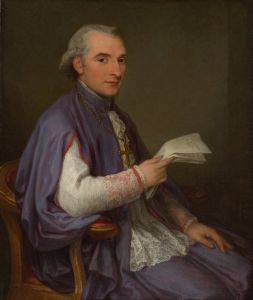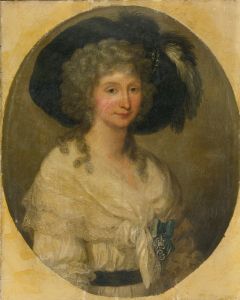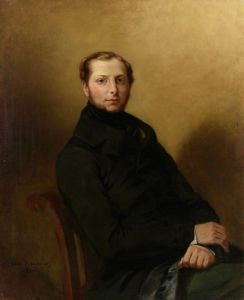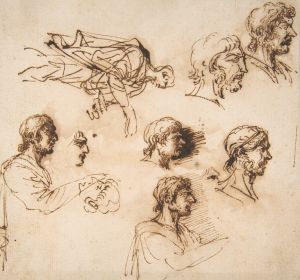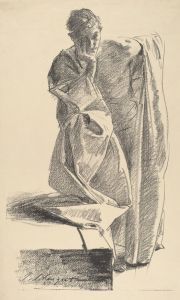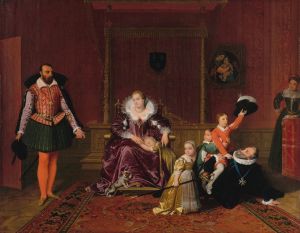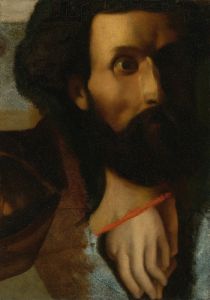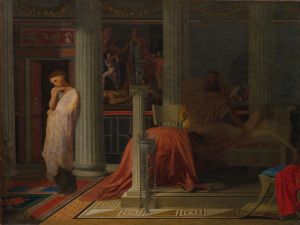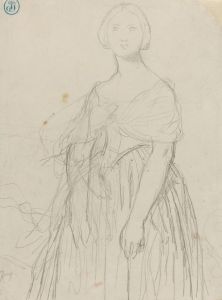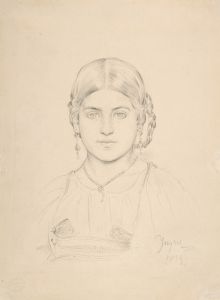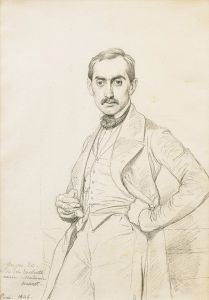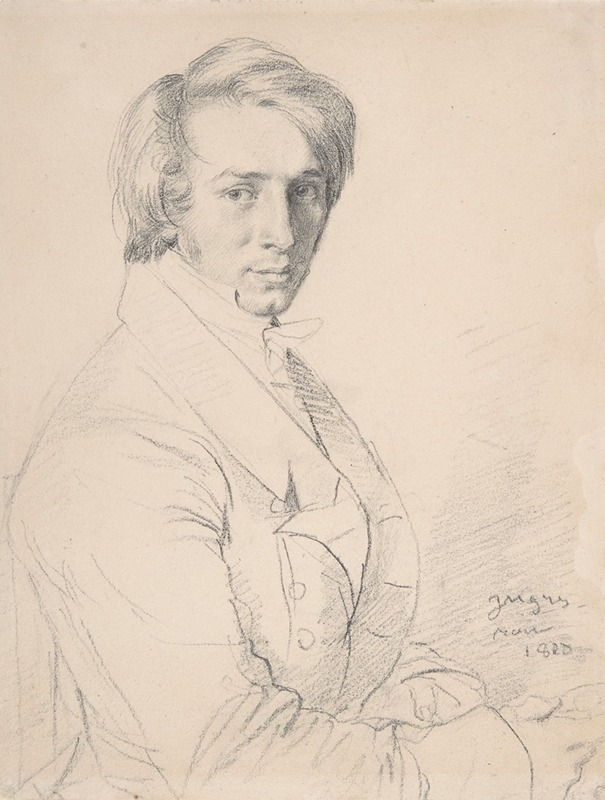
Ursin-Jules Vatinelle
A hand-painted replica of Jean Auguste Dominique Ingres’s masterpiece Ursin-Jules Vatinelle, meticulously crafted by professional artists to capture the true essence of the original. Each piece is created with museum-quality canvas and rare mineral pigments, carefully painted by experienced artists with delicate brushstrokes and rich, layered colors to perfectly recreate the texture of the original artwork. Unlike machine-printed reproductions, this hand-painted version brings the painting to life, infused with the artist’s emotions and skill in every stroke. Whether for personal collection or home decoration, it instantly elevates the artistic atmosphere of any space.
Jean Auguste Dominique Ingres, a prominent French Neoclassical painter, is known for his meticulous portraiture and historical compositions. Among his works is the portrait of Ursin-Jules Vatinelle, a painting that reflects Ingres' skill in capturing the individuality and character of his sitters.
The portrait of Ursin-Jules Vatinelle was created in 1806. Vatinelle, the subject of the painting, was a lawyer and a friend of Ingres. This work is an example of Ingres' early portraiture, showcasing his ability to render precise details and textures, particularly in the sitter's face and attire. The painting demonstrates Ingres' focus on clarity and refinement, hallmarks of his Neoclassical style.
In this portrait, Vatinelle is depicted in a seated position, dressed in formal attire. The composition emphasizes the sitter's dignified demeanor and professional status. Ingres' attention to detail is evident in the rendering of the fabric and the subtle play of light and shadow on Vatinelle's face. The background is kept simple, ensuring that the focus remains on the subject.
The painting is currently housed in the Musée Ingres in Montauban, France, which holds a significant collection of Ingres' works. This portrait is considered an important example of Ingres' early career and his development as a portraitist.
No further detailed information about the circumstances of the commission or the relationship between Ingres and Vatinelle is widely documented. However, the painting remains a testament to Ingres' ability to capture the essence of his sitters with precision and elegance.





